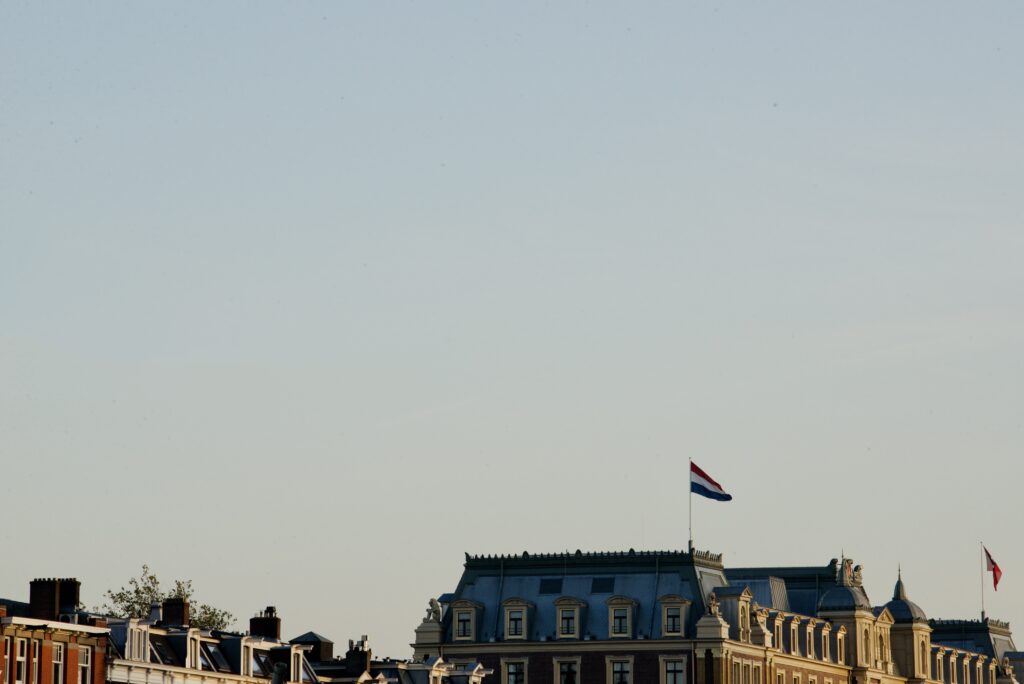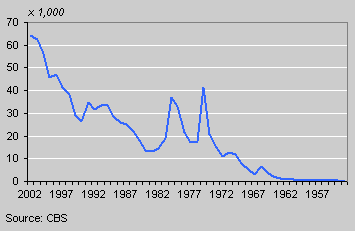
BACKGROUND
Since the midst of the 20th century, the Netherlands has gone through multiple waves of immigration and different approaches to integration. Before analysing the guest worker policy and what followed after, it is important to look at pillarization. Emerged in the nineteenth century, the Dutch system of ‘pillarization’ was regarded as a means of tolerance for Catholics and Protestants. This politico-denominational segregation of Dutch society allowed denominational and ideological groups to have their own political parties and state-sponsored and semi-autonomous educational institutions, trade unions, broadcasting companies, hospitals and other types of social organizations. Some characteristics of this ideology continued to be present in almost the entirety of the second half of the twentieth-century policy which encouraged immigrants to keep their language and culture instead of assimilation, by giving them similar semi-autonomous institutions to preserve their cultural integrity.
After the Second World War, the kingdom of the Netherlands found itself in a precarious position: besides the tremendous loss of over 200,000 Dutch men and women, houses were destroyed, unemployment was high, and all industry was halted. There weren’t enough workers to complete the reconstruction of the country, so the Dutch introduced the concept of guest labour after the nation’s reconstruction works led to a deficit on the labour market by the end of the ’50s and beginnings of the ’60s. Initially, individuals from southern European countries such as Spain or Italy were invited to come to work in the Netherlands and return to their original country after a few years. This program was successful, the economy was restarted by the beginning of the ’60s and boomed by the middle of the ’60s. Due to its success, the government decided to invite new guest workers from Turkey and Morocco, allowing many guest workers to move to the Netherlands with their families. The grounds of this programme never took into consideration any elements of integration, but quite the opposite, guest workers were encouraged to maintain their culture and identity instead of integrating because their stay was supposed to be temporary.
The 1970’s Memorandum on Foreign Employees (Nota Buitenlandse Werknemers) is the first official document to ‘formulate a coherent policy view on immigration’, which stipulated that ‘the Netherlands was not a migration-receiving country’ (Scholten). This document ‘admitted that foreign labour was necessary to sustain economic growth’ and ‘formalized the unofficial view that migrant workers were wanted solely as temporary transients in Dutch society’. During that time, the immigrant demographic was close to what was planned; most were men and although the programme allowed migrants to come with their families, two thirds of them came alone. However, as a consequence of the 1973 oil crisis and economic downturn, labour migration stopped that year, however, thanks to the introduction of the ‘Family Reunification Law’, that allowed guest workers settled in the Netherlands to invite the family members they left behind, the migrant population kept growing (Figure 1).

The 1974 Memorandum of Reply stated that the Netherlands ‘had responsibilities towards guest workers, and that a policy to accommodate them in Dutch society was imperative’; The policy aimed to give guest workers ‘improved access to public services and social security and to provide cultural support’ (Siegel). One important aspect was that ‘ethnic-based education and mother-tongue teaching was aimed at facilitating future return’ while many of the ‘guest workers’ were clearly no longer guests and had become permanent residents forming new ethnic minority communities.
